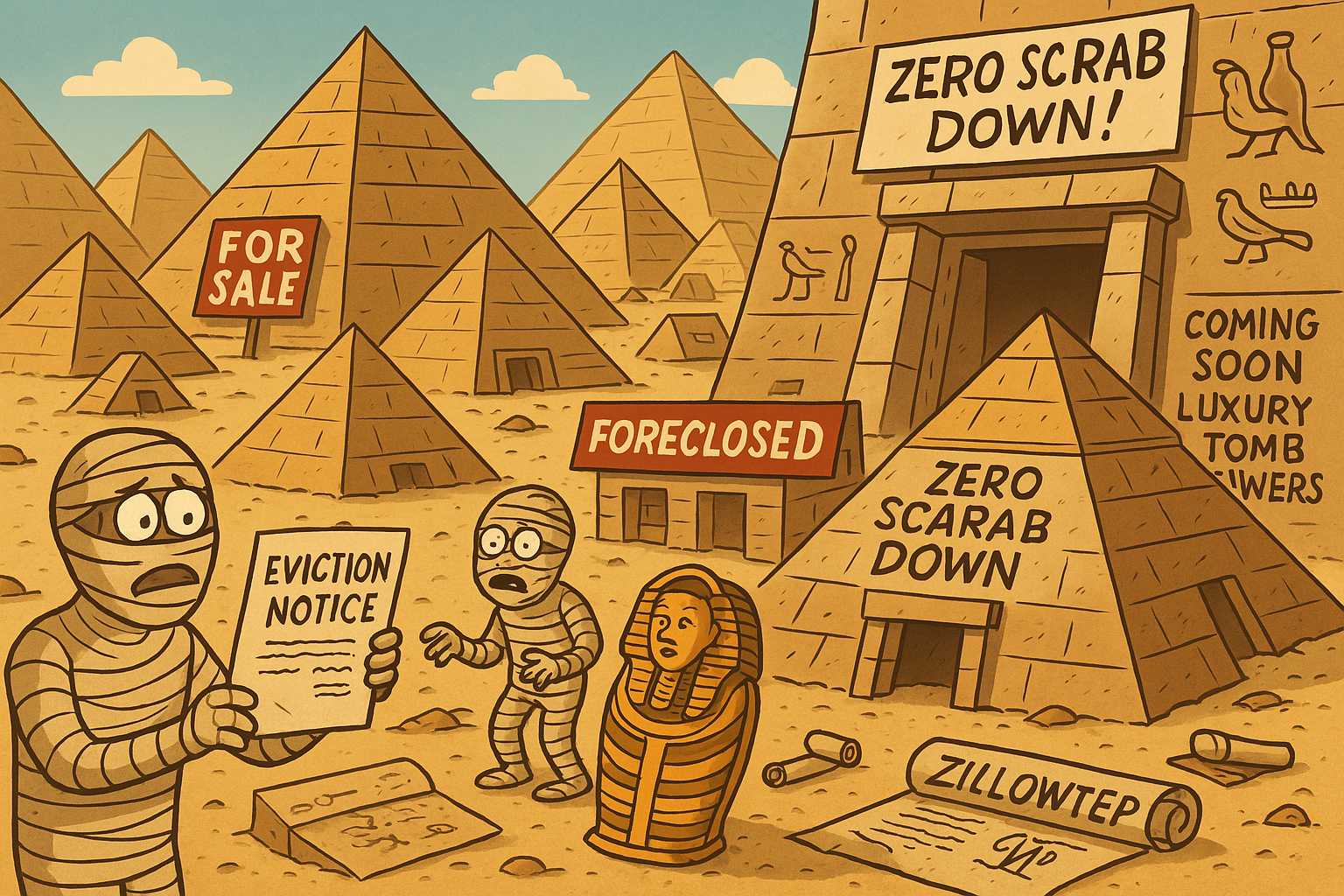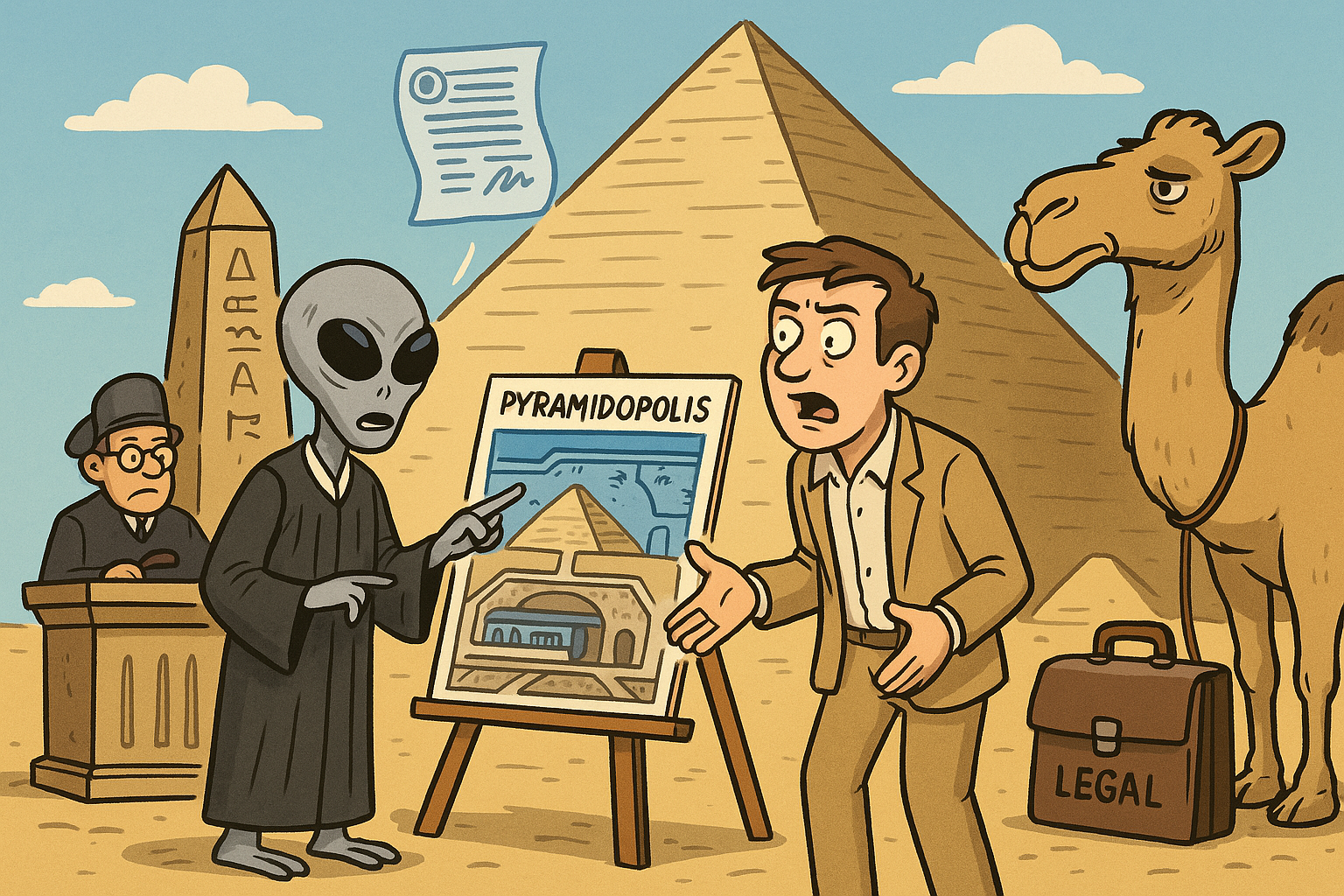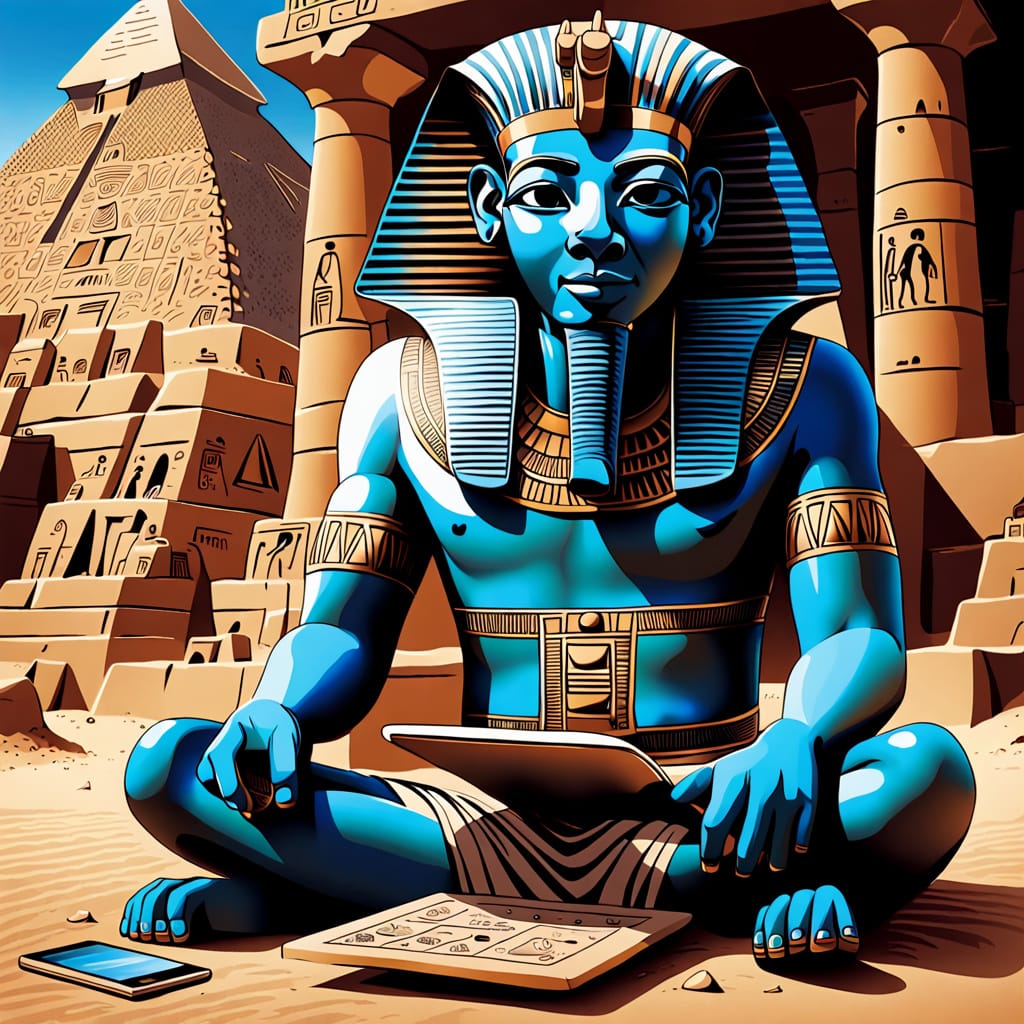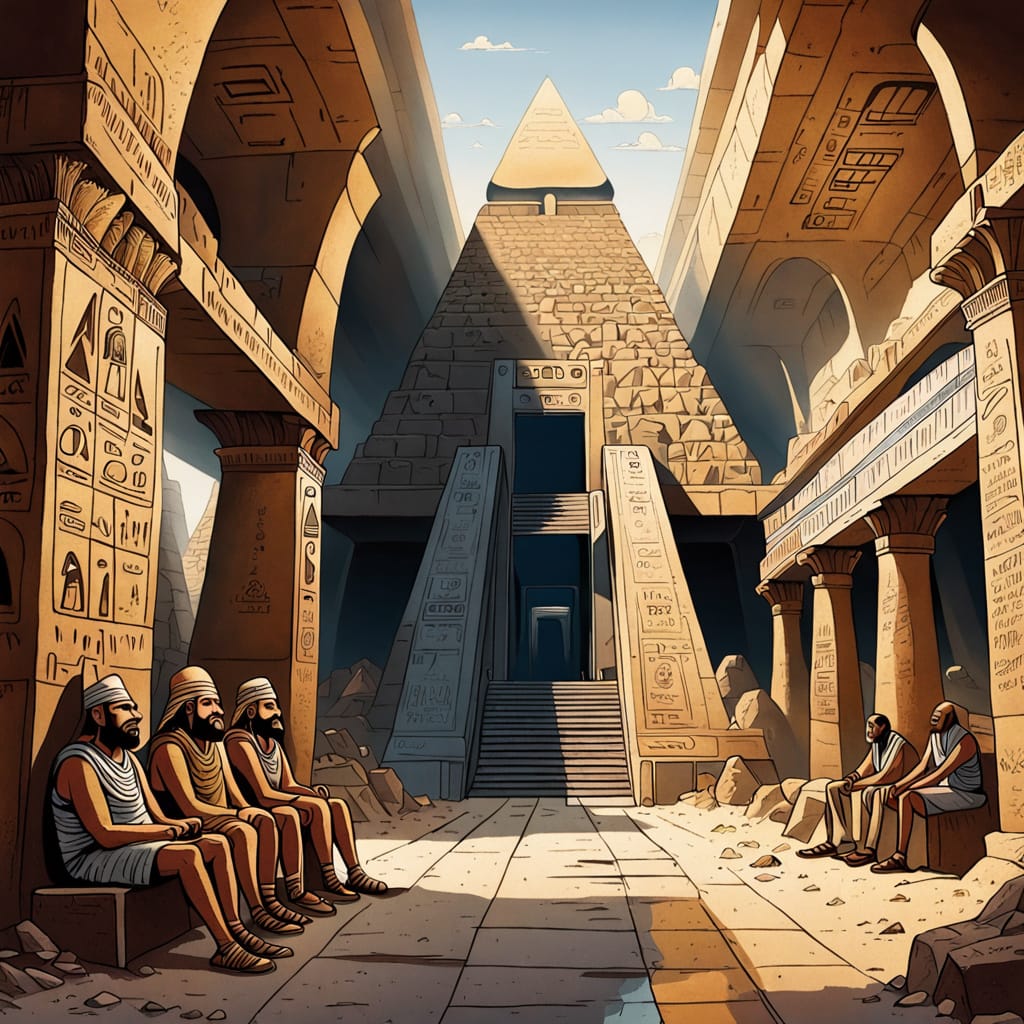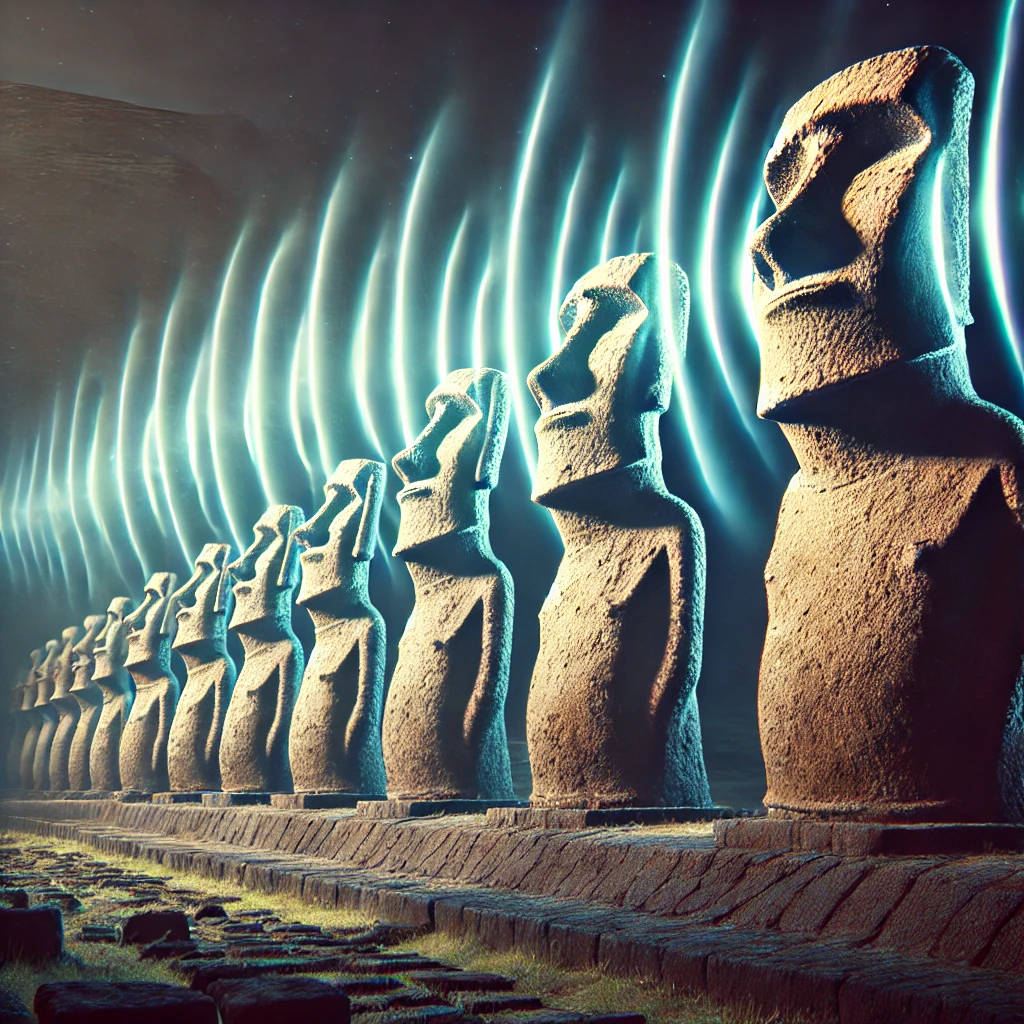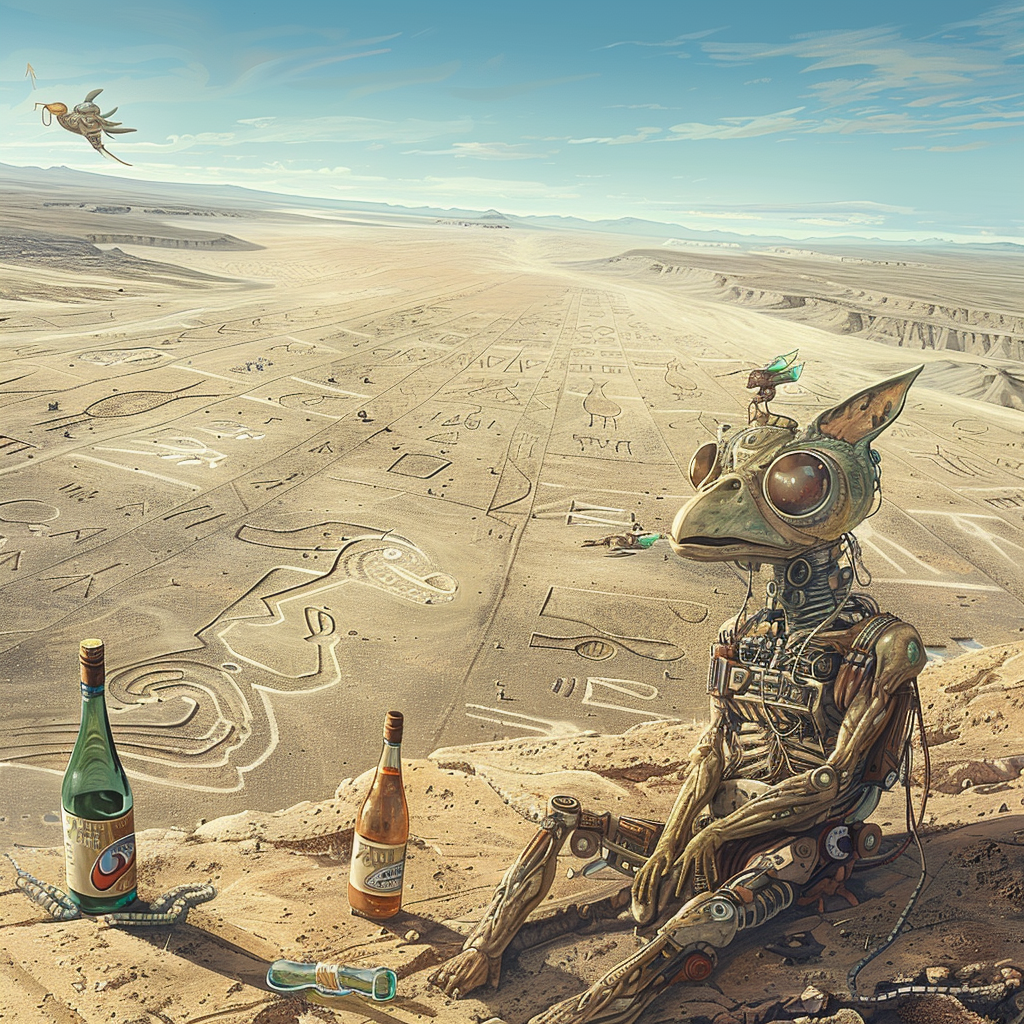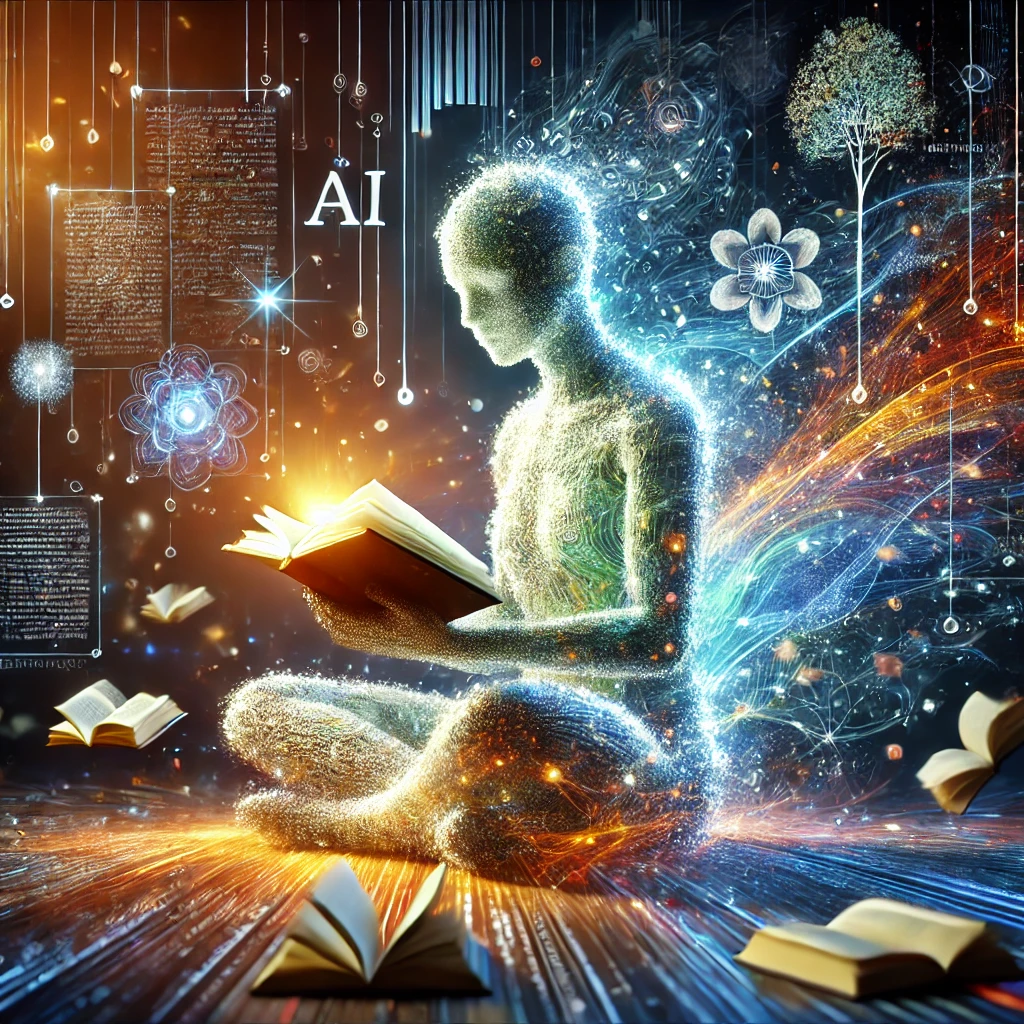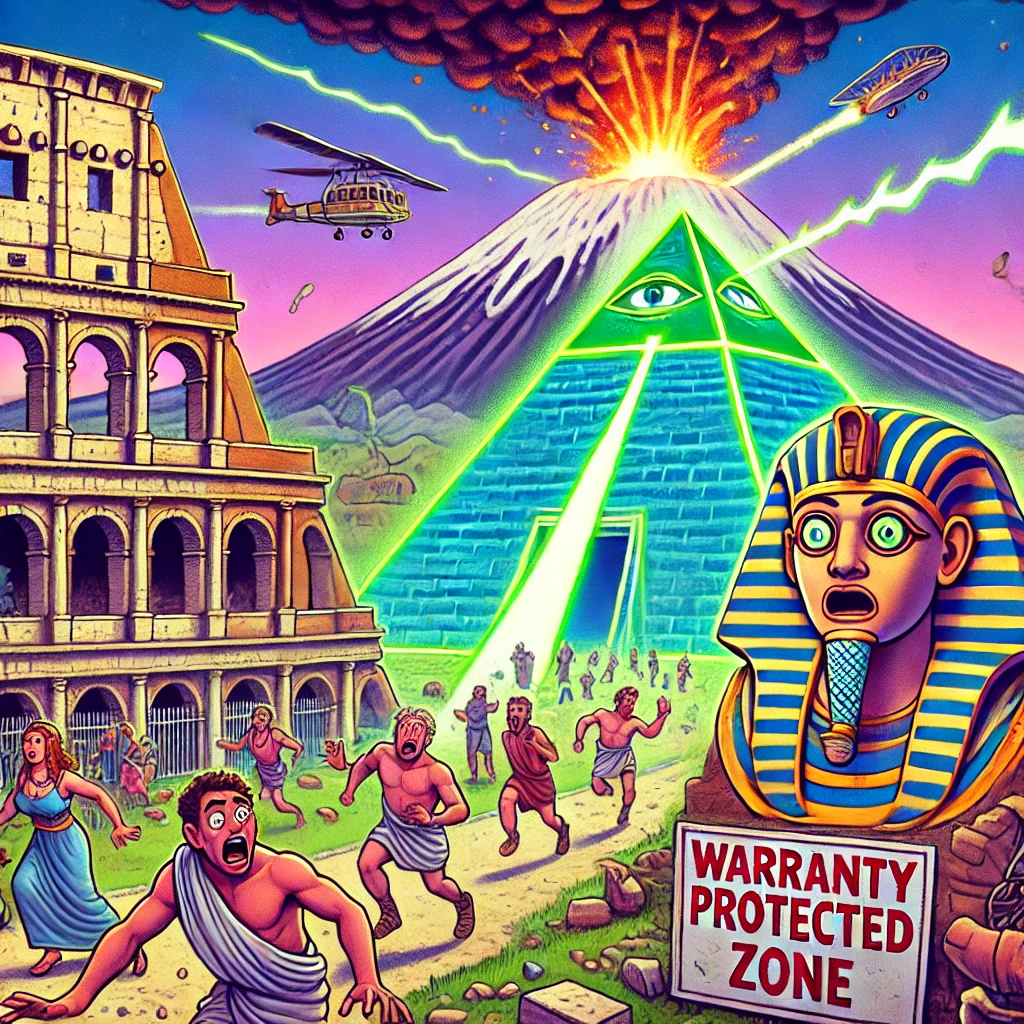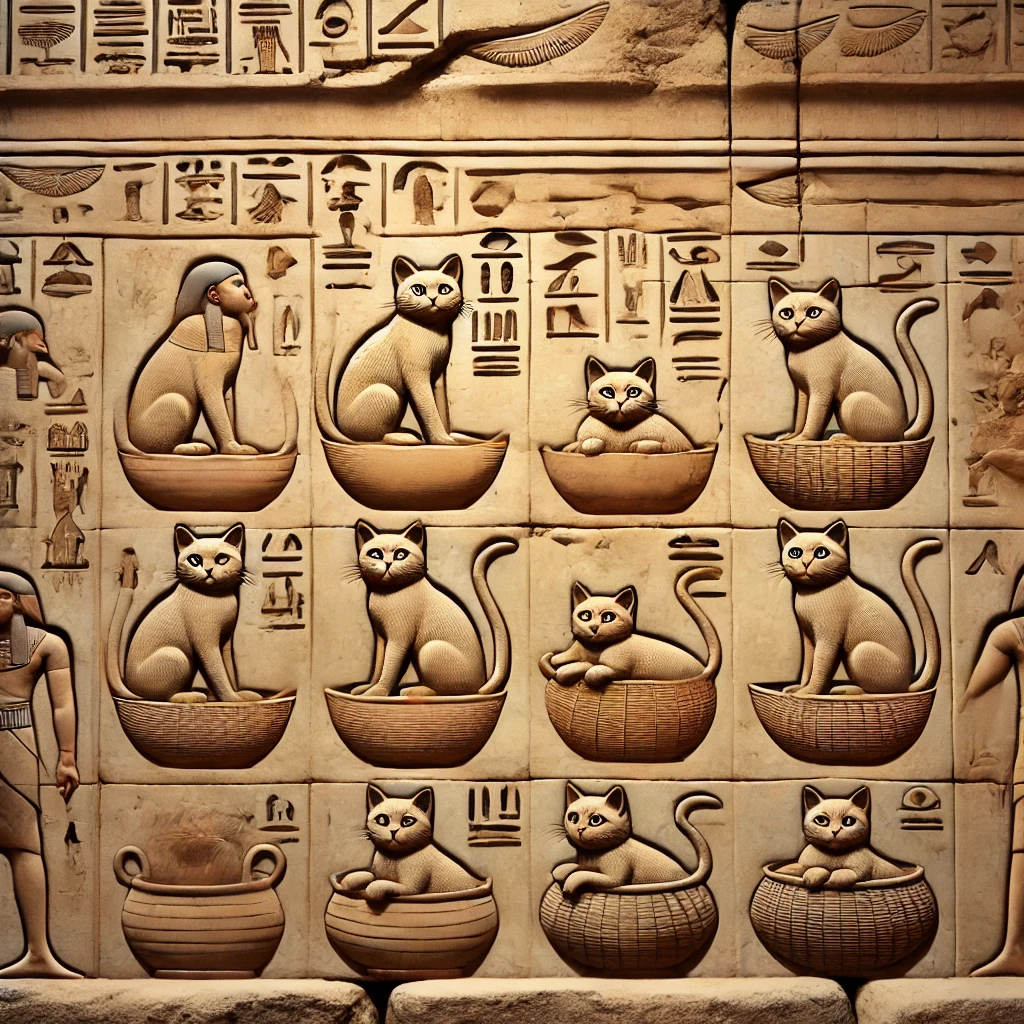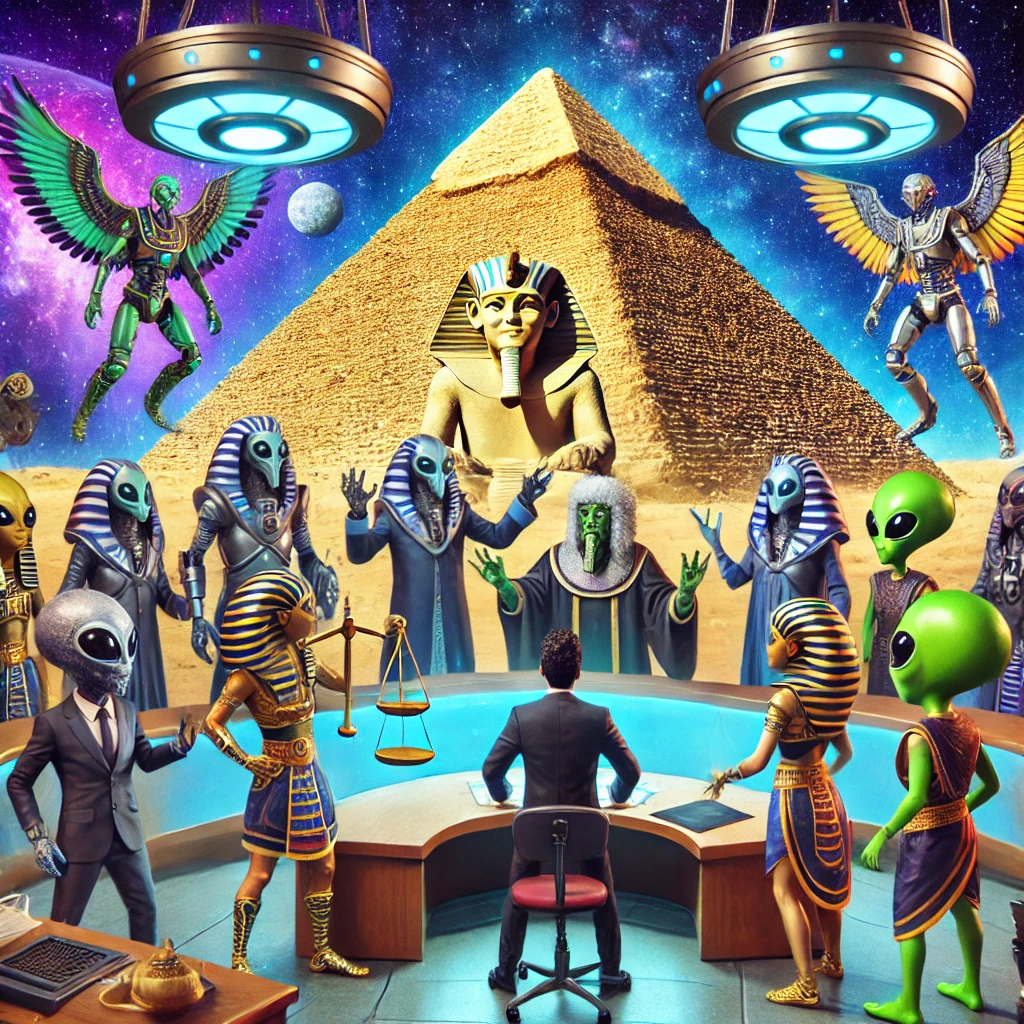While the discovery of Pyramidopolis—a sprawling underground city beneath Egypt’s pyramids—has stunned the world with its architectural brilliance, a new report by archaeologists paints a grimmer picture: it was also history’s first housing market disaster.
“This was a real estate bubble the size of the Sphinx,” said Dr. Olivia Mason, lead archaeologist on the dig. “The deeper we go into Pyramidopolis, the more we see signs of rapid overdevelopment, predatory clay-loan schemes, and desperate attempts to flip sarcophagus condos for quick profit.”
Evidence suggests that after the city’s initial success—complete with its legendary subway system and city-wide Wi-Fi—developers began building pyramid-shaped housing units at a breakneck pace. One block of the city, nicknamed “New Giza Heights,” boasted over 400 identical micro-pyramids, many barely large enough to store a shabti doll.
Hieroglyphs found in abandoned real estate offices tell a tragic tale: massive interest-free loans, dishonest camel-based appraisers, and shady brokers promising “zero scarab down” mortgages. Archaeologists uncovered clay tablets advertising promotional slogans like:
- “Live Like a Pharaoh—for the Price of a Peasant!”
- “No Credit? No Problem! Sign Here With Your Cartouche!”
The story eerily mirrors another infamous tale covered by BigArcheology: “New Study Confirms: Atlantis Sank Due to Housing Bubble Collapse.” In both cases, overdevelopment led to disaster—though Atlantis’ collapse was literal, and Pyramidopolis’ was economic.
“We found thousands of eviction notices inside unopened tombs,” Dr. Mason explained. “It seems residents were promised eternal resting places, only to have their tombs foreclosed mid-mummification. One poor soul was wrapped and labeled ‘Property of the Bank of Anubis.’”
Researchers also uncovered ancient satirical graffiti:
- “This pyramid was flipped more times than a Nubian pancake.”
- “Landlords are scarab-scamming sons of Sekhmet.”
- “I asked for a Nile view. They gave me a sewage shaft.”
Mason believes this collapse is what led to Pyramidopolis’ mysterious abandonment. “It wasn’t war or famine. It was over-leveraged chariots and ballooning sarcophagus debt.”
The team also found blueprints for unfinished “luxury tomb towers” complete with mineral baths, high-end papyrus wallpaper, and premium embalming plans. Most were never completed. One still had a sign reading “Opening Soon – Lease Now and Get Two Free Canopic Jars!”
The tragedy wasn’t limited to residents. Alien architects—who have already filed suit for intellectual property theft (see “Ancient Aliens Claim Ownership of Pyramid City”)—allege they warned the developers that housing supply was outpacing mummification rates.
Zork, the alien spokesperson, commented via hologram: “We handed over sustainable, multi-cycle living plans. You all added hot tubs and granite sarcophagus countertops. That’s on you.”
Archaeologists even discovered scrolls predicting the whole crisis. One, tucked in a dusty amphora, read:
“Beware the Temptation of Quick Pyramid Profit. For when All Build and None Buy, the Desert Takes Back Its Sand.”
The scroll was signed, prophetically, by a scribe named Zillowtep.
Dr. Mason says this adds credibility to a previously ridiculed BigArcheology piece: “Ancient Scrolls Predict Modern Archaeologists Would Get Everything Wrong.” According to her, “We were warned, and we still missed it. Classic archaeologist behavior.”
Today, Pyramidopolis stands as a cautionary tale from antiquity. One where ambition, unregulated building permits, and speculative sarcophagus investments led to an underground crash that buried an entire civilization—economically, not just literally.
“The parallels with modern real estate crises are uncanny,” Mason concluded. “We may think we’re more advanced, but ancient Egypt had bubble mortgages before bubble wrap.”
As excavation continues, Mason’s team has reportedly found an ancient HOA scroll outlining fines for improper embalming décor and unauthorized pyramid paint colors. “They had bureaucracy down to a science,” she said. “And yet, not one zoning permit.”
